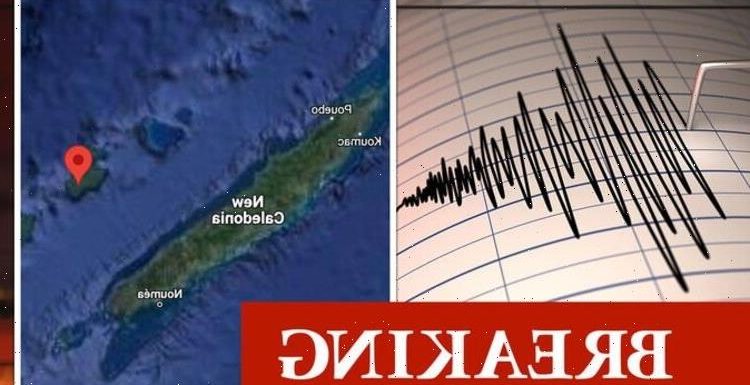
Indo-Pacific tilt 'terrifically important' for UK trade says Singham
We use your sign-up to provide content in ways you’ve consented to and to improve our understanding of you. This may include adverts from us and 3rd parties based on our understanding. You can unsubscribe at any time. More info
The earthquake was followed by a second seismic movement around an hour and a half later in the same area.
Following the quake, the US Tsunami Warning Centre initially issued a tidal wave warning for regions along the neighbouring coast of Vanuatu within 186 miles of the epicentre.
However, this warning was later withdrawn following further analysis of the event. No injuries or damage to the neighbouring islands have been reported following the quakes.
This is a breaking story. More to follow.

A tsunami — the name comes from the Japanese for “harbour wave” — is a series of waves in a water body caused by the displacement of a large volume of water.
They typically originate from submarine landslides triggered by seismic activity, however they can also result from underwater volcanic eruptions, explosions, glacier calvings or meteorite impacts.
Initially, tsunamis often appear to resemble more a rapidly rising tide than a breaking wave — leading to their other common name of ‘tidal waves’.
In larger tsunami events, waves can reach dozens of feet high, and while their impact is confined to coastal areas, they can still have enormous destructive power.
The 2004 Indian Ocean tsunami, for example, is estimated to have killed more than 230,000 people across 14 separate countries.
Source: Read Full Article